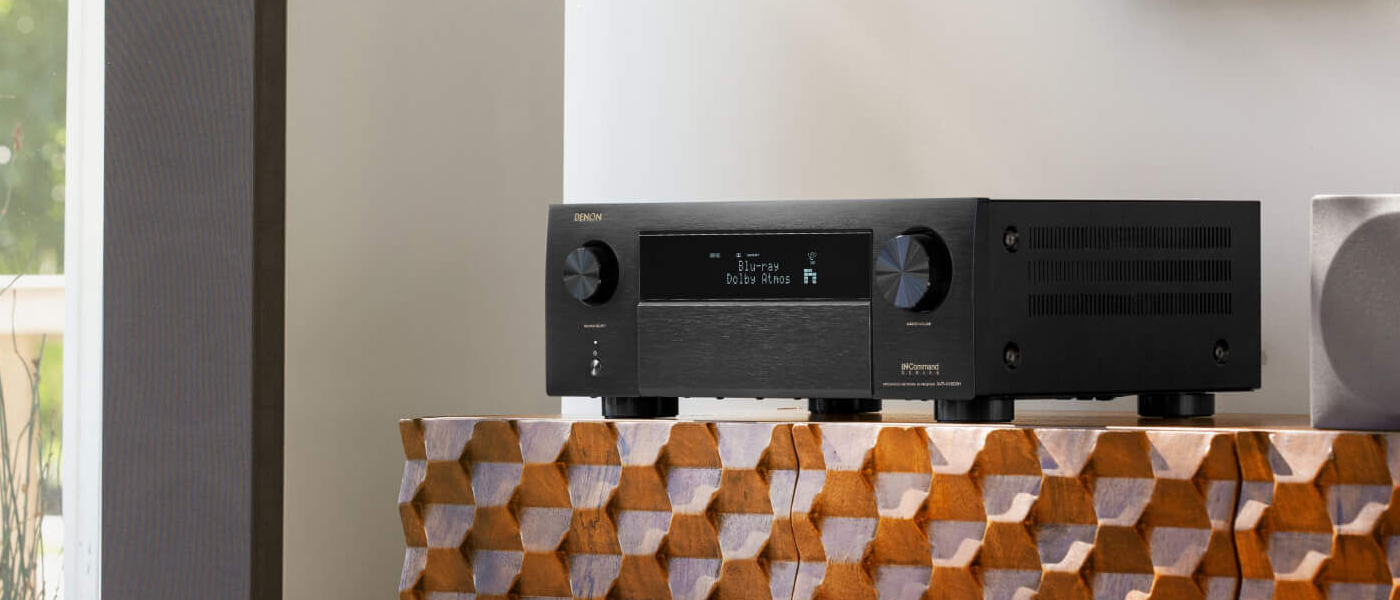Ok, got the reply from Flavio:
Flavio Fellah commented:
Hello,
yes, Dirac Bass Control applies a high pass filter but you can define at which frequency... very low if desired, please take into account though that the capabilities of reproducing the lowest frequencies at a relatively high volume are often very limited (hence a subwoofer is used)
However, if you want to take full advantage of all the capabilities of all speakers, then you need ART (Active Room Treatment) as it doesn't use crossovers.
It's possible that your Denon will support it but if/when are questions for Denon itself to answer View attachment 340991
Kind regards,
Flavio
Did you ask the wrong question? Phil Jones wasn't taking abut DLBC, of course DLBC applies HPF, it is bass control after all. He was talking about just the basic DL, with no BC. May be we do have to re-watch that video just to be sure, but I am sure enough that I won't be re-watching it today.




